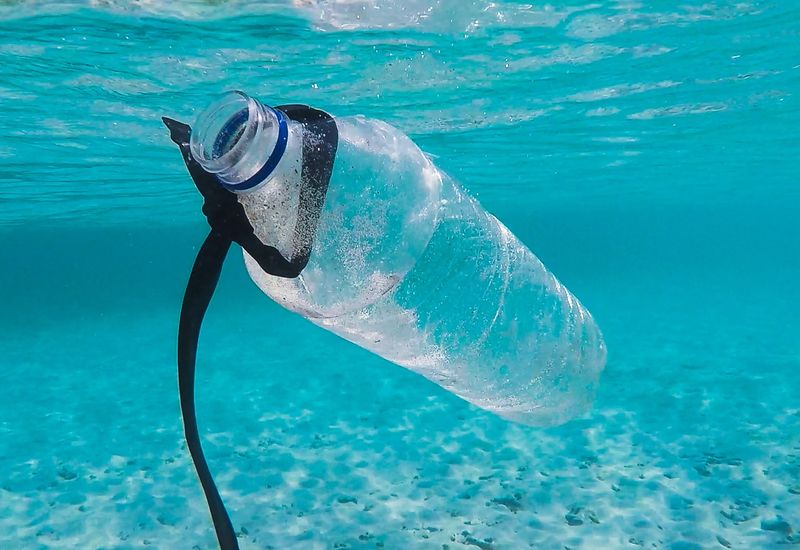When it comes to climate change, most of us think of global warming and warm weather. Many people still question whether climate change is even real.
Here are the facts about climate change and global warming, and some of the ways we can mitigate its spread:
Global warming and climate change
NASA research indicates clear evidence of climate change. Since the pre-industrial period, temperatures have risen, on average, by one degree Celsius per decade.
According to reputable governmental agencies and environmental NGOs, burning fossil fuels is one of the leading proponents of global warming. A byproduct of this is the rising temperatures we are now seeing worldwide.
Scientists and environmental researchers have spent years documenting the effects of climate change: changing wind and ocean currents, rising sea levels, and melting glaciers are just a few.
Climate change is a complex problem that requires immediate action and coordinated efforts from international to local level. Learning and understanding the key contributing factors to climate change is the first step you should take.
Climate Change and the Oceans: A Case Against Plastics
As we’ve mentioned, global warming as we know it began with the industrial revolution when we first started consuming fossil fuels on a mass scale.
Fossil fuels are also a key ingredient in the production of plastic. Coupled with our fuel consumption, this leads to a vicious cycle of producing fossil fuels which create greenhouse gas emissions, which in turn trap heat in our atmosphere and increase temperatures.
Oceans, like forests, contain ecosystems that are capable of absorbing and eliminating greenhouse gas emissions. According to Yale Climate Connections, oceans produce 30-50% of human-made carbon dioxide emissions.
Global warming causes rising sea levels and higher water acidity, which damages the ocean ecosystems, damaging their ability to safeguard against future emissions.
Plastics present another direct threat to oceans. It damages wildlife and poisons their habitats and, when it breaks down, it emits more greenhouse gases into the air.
Microplastics smaller than five millimeters in length comprise the majority of ocean debris. These are toxic when consumed by marine wildlife and plankton. Plankton is a key producer of oxygen, and ingesting microplastics inhibits their ability to do so.
How can we prevent this?
Reducing plastic production and consumption should be everyone’s priority, from the national and corporate level, right down to us as individuals. For governments and corporations, this could involve taxing plastic production or incentivising environmentally friendly innovations in non-plastic alternatives.
We can cut down our plastic consumption by recycling, avoiding single-use plastics, and buying things made from other materials. Keep our oceans clean so that we can enjoy them.
Prospective student? We want to hear from you! Join the Student Hut Forum and earn £s by taking surveys.













